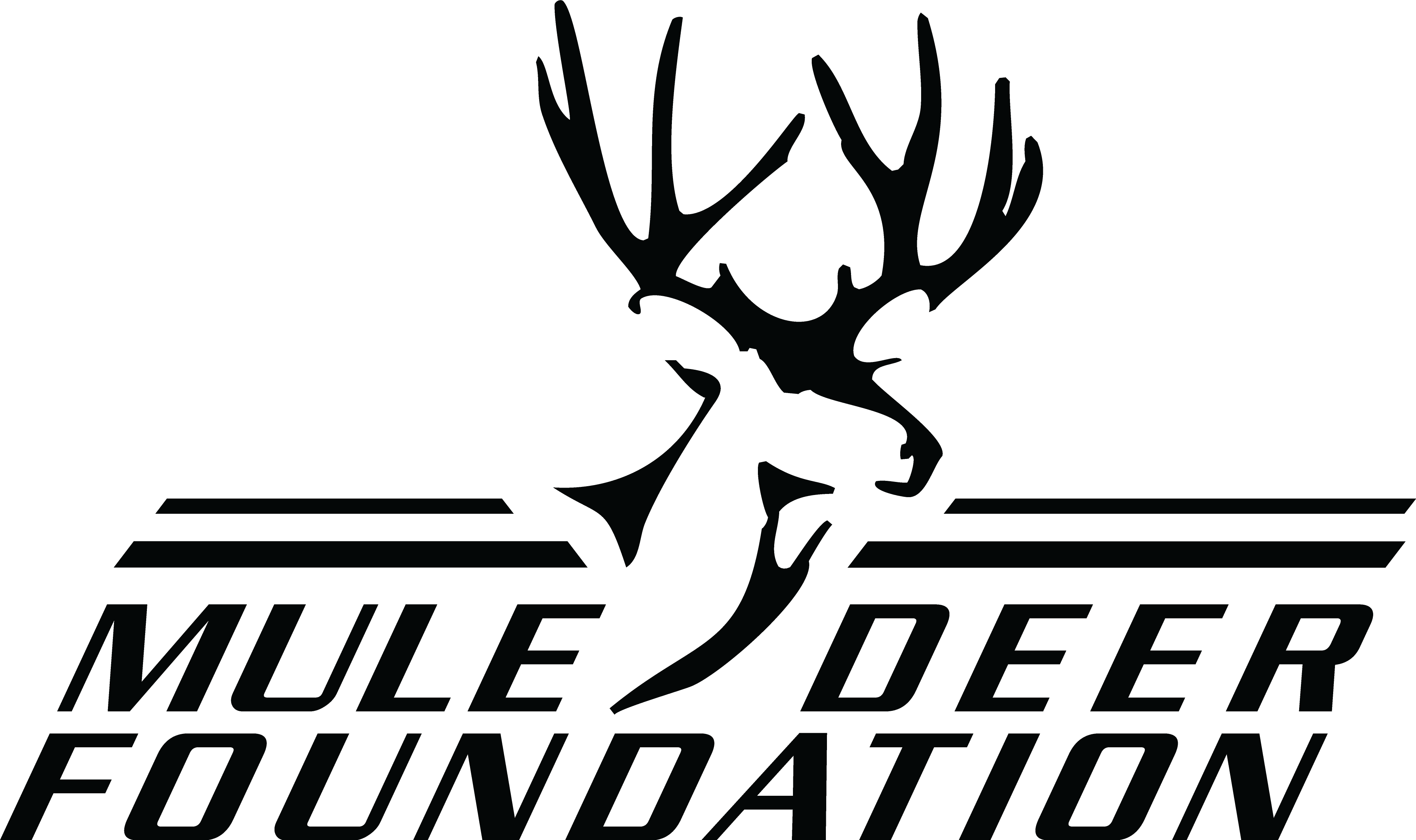Fire Restoration

“The Mule Deer Foundation values America’s public lands, essential for our hunters’ access to pursue mule deer and black-tailed deer in the West. We are concerned about the Senate’s reconciliation bill provision mandating that potentially millions of acres would be sold or transferred, as it lacks transparency and public input. We urge a thoughtful, transparent process that safeguards our hunting heritage while addressing land management challenges.”
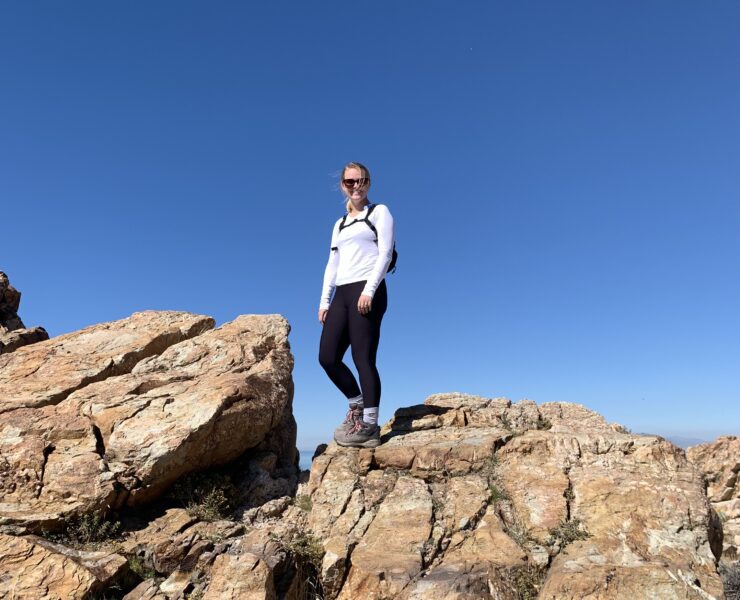
Katie was born and raised in NE Kansas with a passion for the outdoors and wildlife. She followed this passion in her educational career, graduating from Benedictine College with a bachelor’s in biology and then completing her master’s degree at the University of Kansas in ecology and evolutionary biology. She worked for the Utah Division of Wildlife Resources for two years working with private landowners to further conservation of land and wildlife habitat.

Oak woodlands are an important ecosystem type for the long-term health and sustainability of our black-tailed deer herds throughout much of their range in Northern California and Southern Oregon. Black-tailed deer need a variety of habitats to thrive, but oak woodlands are one of the most important. Typically, a healthy oak woodland is made up of an overstory dominated by mature oak trees with enough space between them to allow sufficient light to reach the ground. The most common types are white oak, blue oak, black oak, valley oak, or one of several varieties of live oak.

The Mule Deer Foundation (MDF) is seeking applicants for one Project Manager to assist with habitat projects on the USFS lands. This position is a full-time, field- based, position that will help deliver the mission of MDF on USFS lands. This is a term, 2-year position with the possibility of extension based on funding.

The Mule Deer Foundation (MDF) and Idaho Fish and Game Department are seeking a highly motivated and dedicated individual to fill the role of Transportation Technical Assistance Liaison to support IDFG with providing biological technical assistance to ITD. In this role, you will be a critical member of an interagency team supporting ITD’s programs and projects with a nexus to fish, wildlife, and botanical resources. This position will provide leadership and creativity for exploring and implementing solutions to benefit both conservation and society’s transportation needs.

It is my pleasure to welcome our newest hire, Shelby Pollard. She will be our Region 2 Regional Conservation Coordinator helping us implement habitat projects and further our partnerships in Colorado, Wyoming, Nebraska, and parts of South Dakota. Below is more information about Shelby, please reach out to her and welcome her to the MDF team!
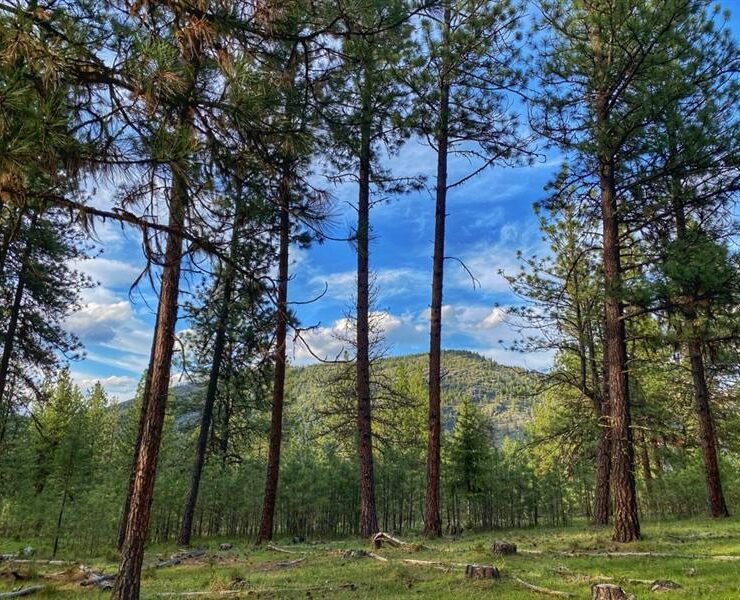
The Mule Deer Foundation (MDF) applauds Senators John Curtis – UT-(R), Tim Sheehy – MT (R), John Hickenlooper – CO (D), and Alex Padilla – CA (D) for introducing the Fix Our Forests Act (FOFA) in the United States Senate. This bi-partisan Act will allow federal land management agencies including the US Forest Service and Bureau of Land Management to improve the health of our public lands including work on important habitats for mule deer.
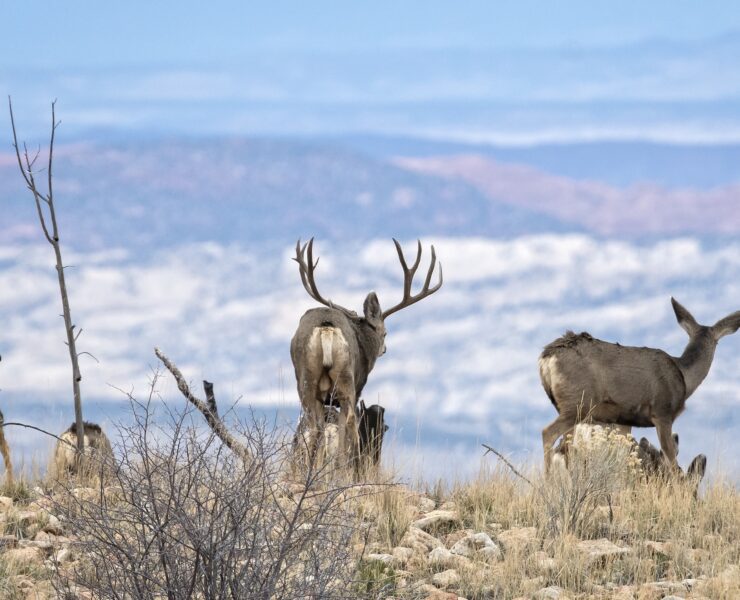
The Mule Deer Foundation Clearfield Utah – April 4th 2025POC: Ashley Rambo, [email protected] Clearfield, UT –…
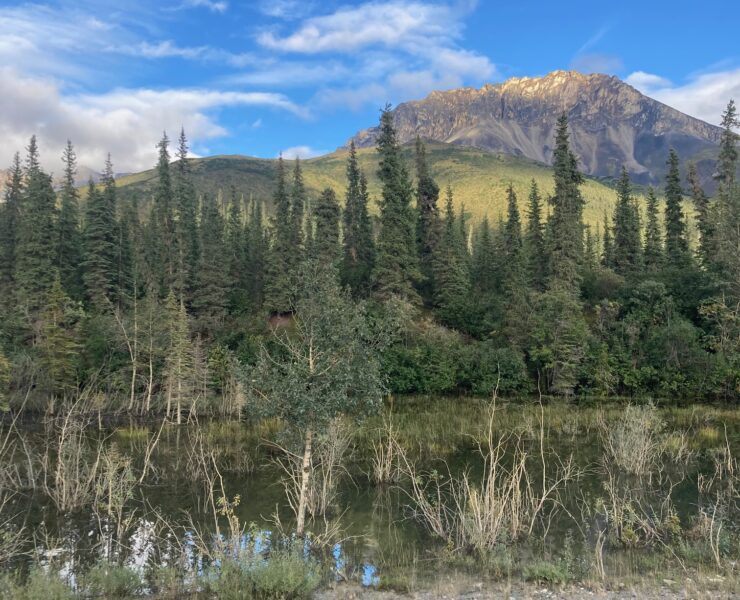
The Mule Deer Foundation (MDF) strongly supports the newly introduced bipartisan legislation led by U.S. Senators John Curtis (R-UT) and Michael Bennet (D-CO), which seeks to enhance and expedite emergency watershed recovery efforts in the wake of natural disasters such as wildfires, floods, and other catastrophic events. These bills, the Making Access to Cleanup Happen (MATCH) Act and the Watershed Protection and Forestry Recovery Act, are vital to preserving the health of our western landscapes and ensuring the resilience of communities that depend on these natural resources.
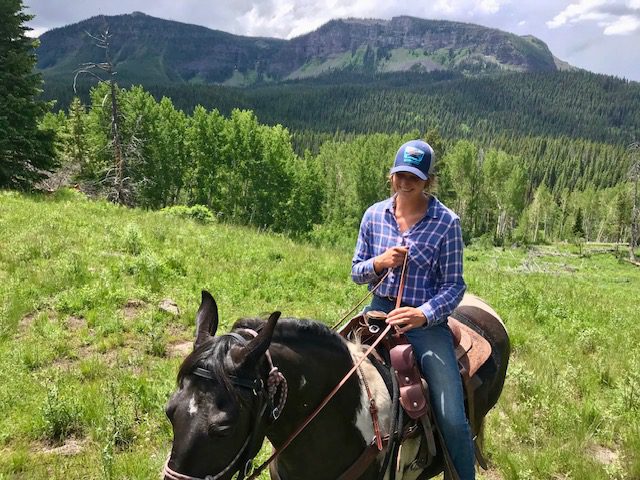
The USDA Forest Service manages nearly 200 million acres of public land all over the country. That’s a lot of ground to cover, especially when you consider the agency’s mandate to make decisions on how best to utilize and maintain the land for “the greatest good of the greatest number in the long run.”


